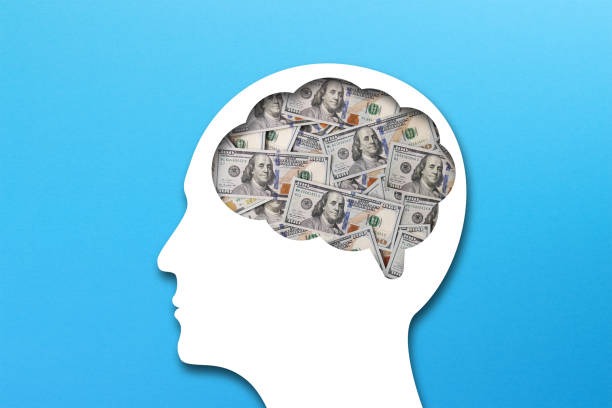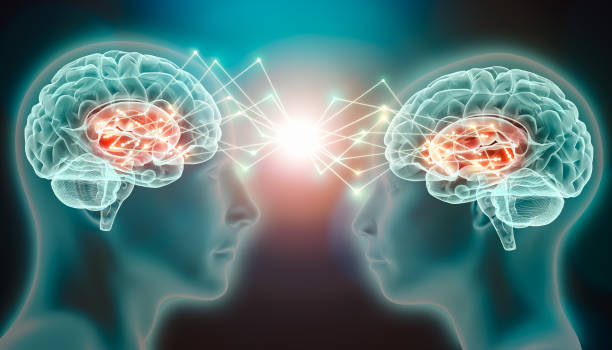There’s something about a closed door that makes us want to open it.
Even if we’re not sure we’ll like what’s on the other side. Even if it rattles in the wind or creaks in the quiet. We step closer. We imagine. We wonder. We listen harder.
And then—sometimes slowly, sometimes all at once—we turn the knob.
From childhood ghost stories to true crime documentaries, from ancient riddles to cosmic puzzles, we humans are irresistibly drawn to the unknown. We chase it. We fear it. We even fall in love with it.
But the most fascinating part isn’t the mystery found in books or television.
It’s that we carry this attraction into our real lives—into our relationships, our questions about the future, our dreams, our doubts, and even our pain. We seek mystery not just in stories, but in ourselves.
Why?
Why does the unknown grip us so tightly?
Why do we delight in puzzles that don’t have answers?
Why do we linger in uncertainty, even when it hurts?
To understand this strange and beautiful obsession, we have to look into the science of the brain, the evolution of curiosity, and the psychology of being human in a world that never stops keeping secrets.
Born to Wonder
Imagine a baby—new to the world, barely able to focus its eyes. Give it two toys. One spins and flashes lights. The other sits still. Which one does the baby reach for?
Time and time again, babies choose the unpredictable.
This isn’t just a preference. It’s a survival instinct.
Evolution has shaped us to be curious. In the wild, those who paid attention to the unusual—unfamiliar sounds, strange smells, unexpected movements—were more likely to spot predators, discover food, or avoid danger. The human brain evolved not just to respond to the world, but to question it. Our survival depended on it.
So we developed minds that ask, “What’s that?” and “Why?” and “What if?” We became pattern-seeking, meaning-making creatures. And when we encounter something that doesn’t make immediate sense—something ambiguous, unfinished, or incomplete—we feel an itch in the brain.
That itch has a name: cognitive closure. And it has a counterpart: the tolerance for ambiguity.
Some people crave immediate answers. Others are content to sit in the question. But all of us, in our own ways, are wired to be alert in the face of mystery. The unknown activates us—emotionally, neurologically, even physically.
A mystery, quite literally, lights up the brain.
The Brain on Mystery
Inside your head is a network of circuits that come alive when you encounter the unknown. When you’re faced with an unresolved situation, your brain shifts into high gear. It begins to make predictions, sort through past experiences, seek patterns, and attempt to fill in the blanks.
Neuroscientists have found that dopamine, the chemical often associated with reward, is released not just when we find answers—but when we anticipate them.
In other words, the search is the reward.
It’s the journey toward discovery that thrills us—not just the arrival. This is why cliffhangers keep us binge-watching until 2 a.m., why unsolved crimes dominate podcasts, and why science fiction continues to fascinate us even when the rules of its worlds defy reality.
The brain is hungry for resolution. But it’s just as intoxicated by anticipation.
And this isn’t limited to entertainment. The same neural systems are at play when we daydream about the future, when we fall for someone mysterious, or when we ponder life’s biggest questions—questions that may never be answered.
Mystery, it turns out, is not a genre. It’s a biological event.
The Puzzle of Control
There’s something deeply ironic about our love of mystery: we’re control-seeking creatures. We build routines, make plans, create systems. We like to know what’s coming.
And yet, we flirt with the unknown constantly.
We watch horror movies, knowing they’ll frighten us. We read dark novels, knowing we won’t sleep well. We play games with uncertain outcomes. We dive into new relationships, even though we don’t know where they’ll lead.
We choose uncertainty—over and over again.
This paradox has fascinated psychologists for decades. One answer lies in how we define control. It’s not just about having power over outcomes. It’s about having power over meaning.
When we face a mystery, we’re invited into the story. We become participants, not just spectators. Our guesses, our emotions, our interpretations—they matter. They become part of the experience.
Solving a puzzle gives us a feeling of mastery. Not knowing the answer gives us a chance to imagine one. And sometimes, that imagined version is more vivid, more intimate, and more satisfying than any actual solution.
So we chase mystery not to feel lost—but to feel alive.
Romance, Identity, and the Mystique of the Unknown
Nowhere is our love of mystery more evident than in human connection.
Think about the early days of falling in love. The electricity of not knowing how someone feels. The thrill of a secret glance, a delayed text, an unread message. The mystery isn’t just enjoyable—it’s magnetic.
Psychologists describe this phase as “positive uncertainty.” It’s a time when ambiguity isn’t threatening—it’s enchanting. It keeps us curious, attentive, and emotionally invested.
But mystery in relationships doesn’t only exist at the beginning. It continues through the years—in what we don’t fully know about our partners, in the parts of ourselves we haven’t revealed, in the shared memories that mean different things to each of us.
And in a deeper way, relationships mirror the mystery of the self.
Each of us is a story we’re still writing. Our desires shift. Our fears evolve. We carry hidden wounds and quiet dreams. To love someone—or to be loved—is to admit that we will never fully understand them, and that this is part of the beauty.
Mystery, in this sense, becomes a form of intimacy.
Not knowing everything isn’t a weakness. It’s a space we share.
Uncertainty and the Soul of Science
We often think of science as the pursuit of certainty. Facts. Proof. Laws. Equations. But the heart of science beats not with answers—but with questions.
Every great scientific discovery began as a mystery. Why do apples fall from trees? What is light made of? How does the brain create thought? Are we alone in the universe?
The greatest scientists were not those who knew everything—but those who were brave enough to wonder. Curiosity, not certainty, is what moves science forward.
And here lies another paradox: the more we learn, the more we realize we don’t know.
With every discovery, new mysteries unfold. The atom turned out to be a universe. The universe turned out to be stranger than fiction. Time bends. Particles exist in two places at once. Black holes sing. The deeper we go, the less sense it all makes.
And yet, we keep going.
We keep asking. We keep wondering. Because we are wired not just to survive—but to understand.
Science is not the enemy of mystery. It is its oldest companion.
The Unsolvable and the Sacred
Some mysteries cannot be solved—not because we lack data, but because they exist beyond the reach of proof.
Why are we here?
What happens after we die?
What is consciousness?
What does it mean to live a good life?
These are not questions of science alone. They are questions of philosophy, spirituality, and personal truth. And yet, they drive us just as powerfully as any equation or formula.
We build temples, write poetry, compose music, and start revolutions not because we have answers—but because we have longings.
The mystery of life, in its vastness and absurdity, demands a response. Sometimes that response is religion. Sometimes it’s art. Sometimes it’s love. But it always begins with awe.
We don’t need to solve these mysteries to find meaning in them. Sometimes, the question is the meaning.
Why Mystery Comforts Us—Even When Life Hurts
You might think mystery only brings discomfort—that humans, faced with uncertainty, will always choose clarity.
But in times of grief, despair, or chaos, mystery can become a balm.
When someone we love dies, when life doesn’t go as planned, when suffering makes no sense—we reach for mystery. We whisper, “Maybe there’s a reason. Maybe there’s something more.”
This isn’t delusion. It’s coping.
It’s the soul’s way of surviving what the mind can’t explain.
We don’t need certainty to heal. We need space to imagine that pain is not the end of the story. That even in the darkest chapters, there may be something just beyond the page.
Mystery doesn’t offer answers. But it offers possibility.
And sometimes, that’s enough to keep going.
Living with the Unknown
In the end, the mystery we love most might be ourselves.
We are creatures of shadow and light, logic and emotion, memory and imagination. We are shaped by things we barely remember, moved by forces we can’t explain, haunted by dreams we don’t fully understand.
To be human is to be in constant conversation with the unknown.
Our minds want answers. Our hearts crave wonder.
We build lives not on facts alone, but on faith—faith in the idea that not knowing doesn’t mean not living. That the door in the dark might open to something beautiful. That the question in your heart is worth holding, even if it never gets answered.
We love a good mystery, not just because it entertains us—but because it reflects us.
We are, after all, stories still unfolding.
And perhaps the greatest mystery of all… is how beautiful that can be.






